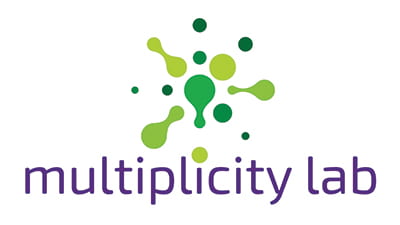Image of the Week: How Could You Organize Dice?
March 17, 2024How Could You Organize Dice?
How could you organize the dice in this week’s image? In the past, we’ve talked about how organizing is an entry point to data science, and we’ve invited you to try organizing donuts, fruits and vegetables, and invertebrates with your students. These images were all of things in the real work, with attributes like color, pattern, and size, among other more specific properties like deliciousness, the number of legs, or the presence of sprinkles. Organizing dice, like those in this image, presses students to think more about number as an attribute. Students might initially organize these dice by color (or color of dots), but there are many other ways to make groups. Student might group by:
- Number (1, 2, 3, 4, 5, 6)
- Number properties, like even and odd
- Tens, making groups that are easy to count
Once the dice are grouped, what observations can you make? Organizing data is the first step to inquiry. Students might ask:
- How many dots are there altogether?
- Which is the most (or least) common number?
- Are there more even or odd numbers?
- Are there more small numbers (1-3) or large numbers (4-6)?
Unlike with donuts, fruits and vegetables, and invertebrates, questions like these can lead to the natural next wonder: How might these results change the next time I roll? If you have them available, consider giving partners of students a group of 15-20 dice they can roll, organize, analyze, and re-roll. Students can chart the data of these repeated rolls and ponder the core question of data science: What is typical? That is, what is the typical number of dots when rolling 20 dice? Or, which is typically more, even or odd numbers?
If you read this newsletter regularly, you know we at multiplicity lab love dice – and organizing dice is just one more reason you should, too!
To multiplicity, cheers!
Jen Munson and the multiplicity lab group

